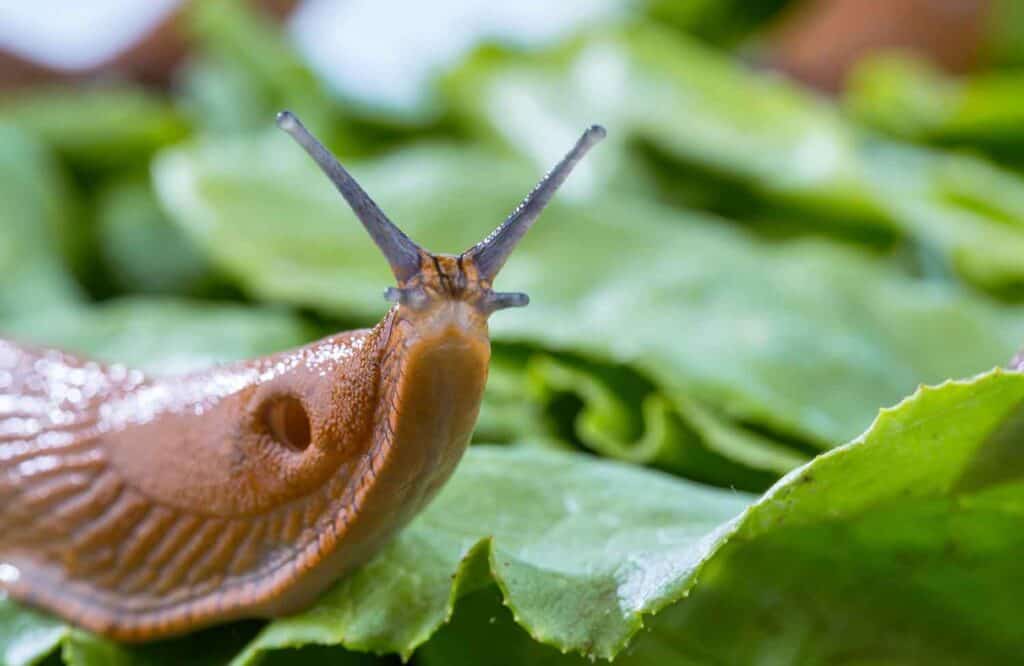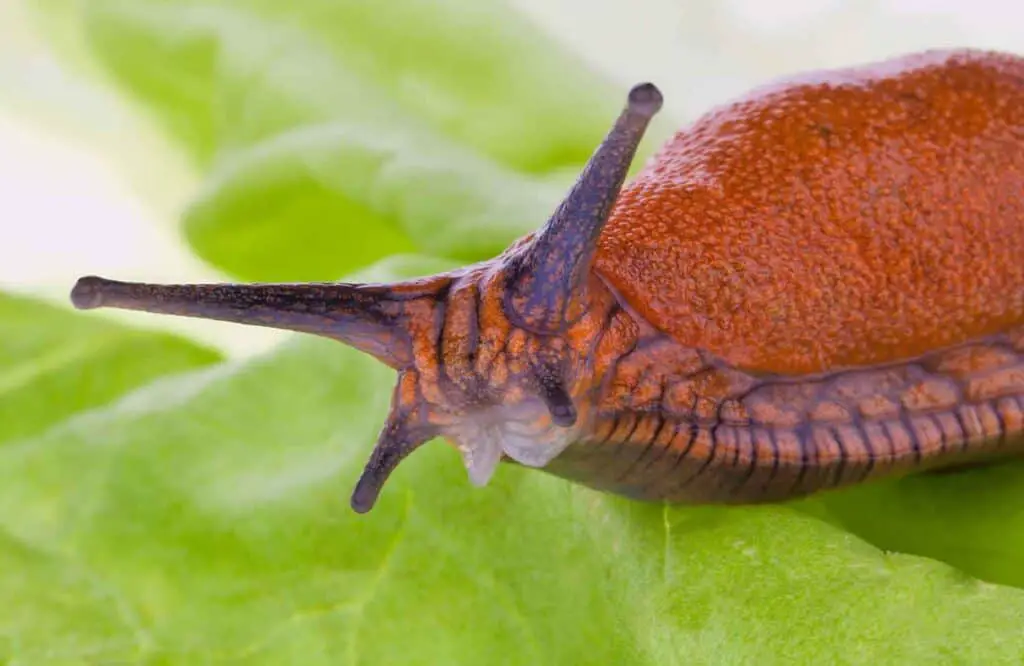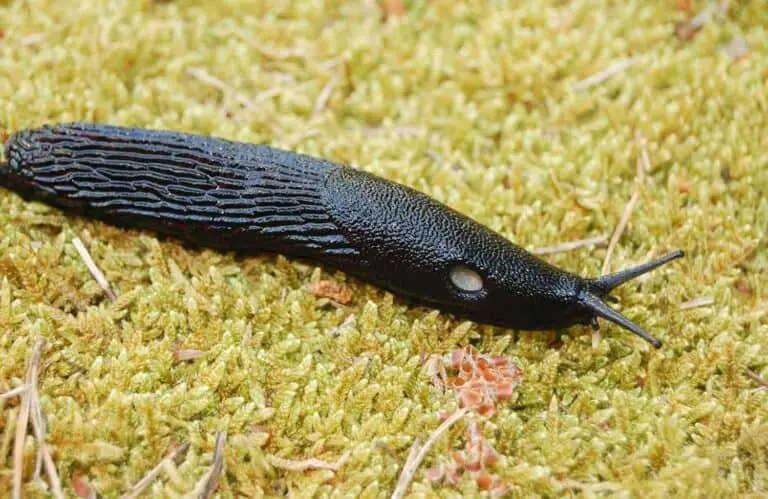Do Slugs Have Brains? Exploring the Neurobiology of Slugs
Many people, particularly gardeners, are intrigued by the curious creatures commonly known as slugs. The question, “Do slugs have brains?” is an interesting one, and directly answering it: yes, slugs do have a rudimentary brain. However, the complexity and function of slug brains are vastly different from those of more advanced organisms like mammals.
Slugs belong to the phylum Mollusca and are classified as gastropods, making them related to creatures like snails, sea slugs, and nudibranchs. Like many other more simple invertebrates, their brains are comprised of a small number of nerve cells, called ganglia. These ganglia are responsible for processing information related to the slug’s environment, feeding habits, and various bodily functions.
Understanding the structure and capabilities of slug brains can help us appreciate these often-overlooked creatures. Moreover, studying their unique nervous systems provides valuable insights into the diversity of brain types found in the animal kingdom.
Do Slugs Have Brains?
In order to understand whether slugs have brains, it is important to know about their nervous system. Slugs, like all mollusks, have a simple nervous system consisting of ganglia—clusters of nerve cells—and interconnected nerve fibers called connectives.
Slugs do possess a rudimentary brain that is located in their head, above the mouth. This brain consists of three main ganglia: the cerebral ganglion, pedal ganglion, and pleural ganglion. Each ganglion serves a specific function:
- Cerebral ganglion: This ganglion is responsible for processing sensory information and controlling the slug’s head movement and general behavior.
- Pedal ganglion: It is in charge of coordinating the slug’s foot movement, which is important for locomotion.
- Pleural ganglion: This ganglion controls the slug’s breathing through the mantle cavity, as well as the function of some internal organs.
While slugs do have a simplified brain, their cognitive abilities are quite limited compared to more complex animals. They primarily rely on their instincts and simple learning processes for survival.

Slug Anatomy
Nervous System
Slugs have a simple nervous system, consisting of a small brain (ganglion) and nerve cords. The ganglion, located between the slug’s eyes, is responsible for controlling movement, reproduction, and some basic sensory functions.
The nerve cords extend from the ganglion, connecting to various muscles and organs throughout the slug’s body. This allows the slug to coordinate its movements and access sensory information from its environment.
Sensory Organs
Slugs possess several sensory organs that help them navigate their surroundings and locate food. These include:
- Tentacles: Slugs have two pairs of tentacles on their head. The longer pair is used for light detection and sensing their environment, while the shorter pair aids in sensing chemical compounds such as pheromones.
- Statocysts: These small, fluid-filled sacs are located within the slug’s head and help maintain balance and orientation.
- Chemoreceptors: Distributed along the slug’s body, these receptors can detect chemical signals in the environment related to food or other slugs.
Despite their simple anatomy, slugs can efficiently navigate their environment and locate food sources using these sensory organs.
Slug Intelligence
Slugs, being part of the gastropod family, possess a simpler nervous system compared to mammals. Though their intelligence cannot be compared to that of humans, they do have some basic cognitive abilities.
For example, slugs can learn and retain memory through classical conditioning. When exposed to certain stimuli, they are capable of altering their behavior to avoid unpleasant experiences. Slugs have also been observed to have spatial memory, which allows them to remember the locations of food sources and threats.
Slugs possess a total of five paired ganglia, which form a nerve ring encircling their esophagus. These ganglia act as the slug’s rudimentary brain, controlling various functions such as movement, feeding, and reproduction. The following table summarizes the primary functions associated with each ganglion:
| Ganglion | Function |
| Cerebral | Sensory processing and decision-making |
| Pleural | Coordination of body movements |
| Pedal | Control of the foot and locomotion |
| Visceral | Regulation of internal organs |
| Buccal | Control of mouthparts and feeding |
Though slugs have a limited scope of intelligence, their cognitive abilities are well-adapted to their environment and lifestyle, allowing them to survive and thrive in various conditions.
Section 5: Slug Behavior
Slugs exhibit a variety of behaviors that can help us understand their daily life and interactions with their environment. In this section, we will explore their movement, feeding habits, and reproduction.
Movement
Slugs move at a slow pace by using rhythmic muscular contractions to slide along a slimy mucus trail. This trail not only helps them glide more efficiently but also serves as a protective barrier against potential irritants or predators. Their movement is primarily controlled by a simple nervous system, consisting of nerve cells, ganglia, and connective tissue. Although slugs do have a rudimentary brain, their movement is mainly driven by instinct and environmental cues.
Feeding Habits
Slugs are mostly herbivorous, consuming a wide variety of plant materials such as leaves, flowers, and stems. However, they are also known to eat decaying organic matter, fungi, and even other slugs or snails. Their feeding habits can be classified into three modes:
- Browsing: Slugs use their rasping radula to scrape and consume located plant matter.
- Probing: They can also extend their body and feed on materials that are difficult to reach.
- Scavenging: They consume dead or decaying organic matter as opportunistic feeders.
To digest their food, slugs produce enzymes that break down complex materials, such as cellulose and starch, into simpler compounds that can be absorbed by their body.
Reproduction
Slugs are hermaphroditic, meaning they possess both male and female reproductive organs. They can reproduce both sexually and asexually, depending on environmental conditions and the availability of mates. When mating, two slugs will exchange sperm packets, which fertilize their eggs internally. After mating, they lay eggs in moist, protected areas, such as under logs, rocks, or within the soil. The number of eggs laid can vary between species and environmental factors, but it can range from a few dozen to several hundred.
How Intelligent Are Slugs?
While slugs may not possess the cognitive abilities of higher animals, they do exhibit surprisingly complex behavior for such small creatures. Slugs have a simple, centralized nervous system consisting of a few nerve nodes, called ganglia, which can process basic sensory information and execute motor functions.
Their sensory organs, located primarily around the head, allow them to perceive light, smell, and touch. These senses help guide their decision-making process in search of food, mates, and refuge from potential predators. Additionally, slugs can learn from experience and adapt their behavior based on past events as part of their survival instincts.
Slug intelligence can be demonstrated through their ability to:
- Navigate their environment using chemosensory cues
- Find and recognize sources of food
- Remember the location of their shelter
- Coordinate locomotion using their muscular foot
However, it’s important to note that slug intelligence is still rudimentary compared to more advanced organisms. Their cognitive abilities are primarily focused on basic survival instincts rather than problem-solving or communication skills.

Can Slugs Feel Pain?
Slugs, like all organisms in the animal kingdom, do possess a nervous system. While their nervous system is significantly simpler than that of vertebrates, it comprises of nerve cells and ganglia that help them process sensory information and generate responses.
The question of whether slugs can feel pain remains a topic of debate among scientists. Pain, as we understand it, is a subjective experience that often results from tissue damage or inflammation. Since slugs lack a centralized brain structure and the sophisticated pain receptors found in more complex animals, their perception of pain might differ from ours.
However, research suggests that slugs may possess a rudimentary form of nociception, which allows them to detect and respond to potentially harmful stimuli. In this case, their reaction to unpleasant stimuli, such as extreme temperatures or exposure to salt, might be a protective mechanism to avoid harm rather than an experience of pain comparable to humans.
Conclusion
Slugs possess a very basic form of brain tissue, although its complexity and purpose are vastly lower than that of more complex creatures like mammals.
The brains of slugs are comprised of a small number of nerve cells, called ganglia. These ganglia are responsible for processing information related to the slug’s environment, feeding habits, and various bodily functions.
The intelligence of slugs may be primitive compared to higher animals, yet still remarkable for such simple creatures.






